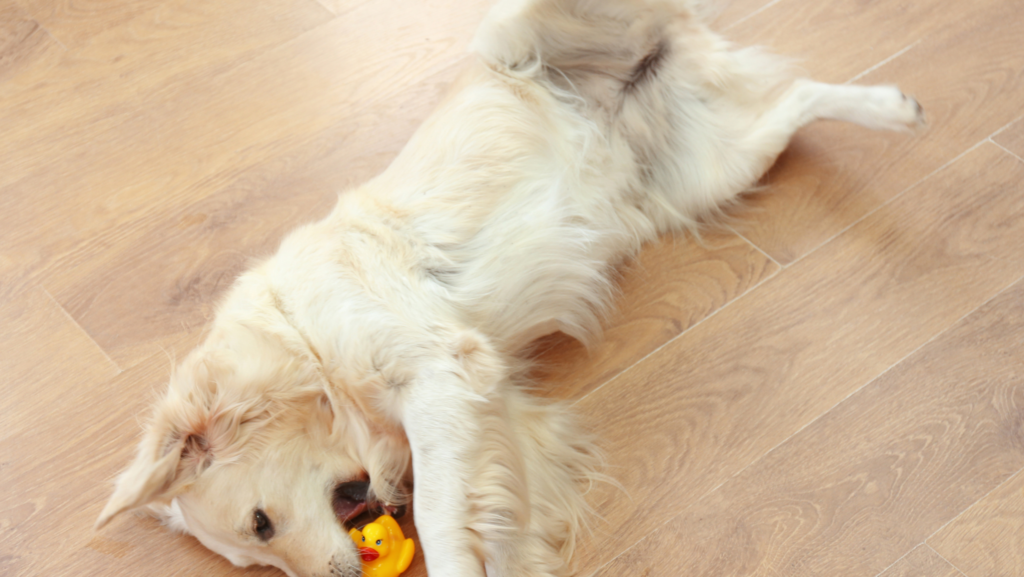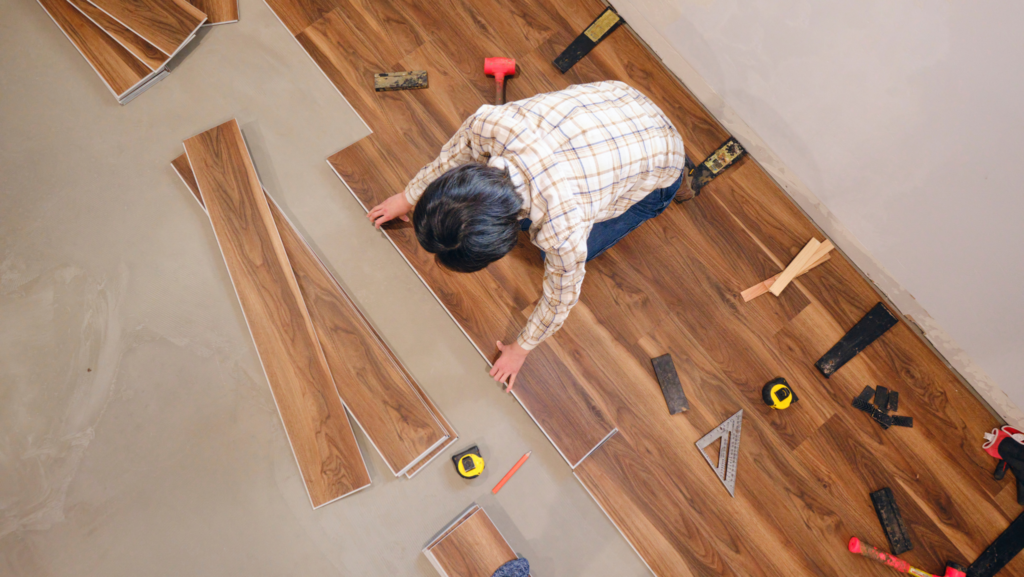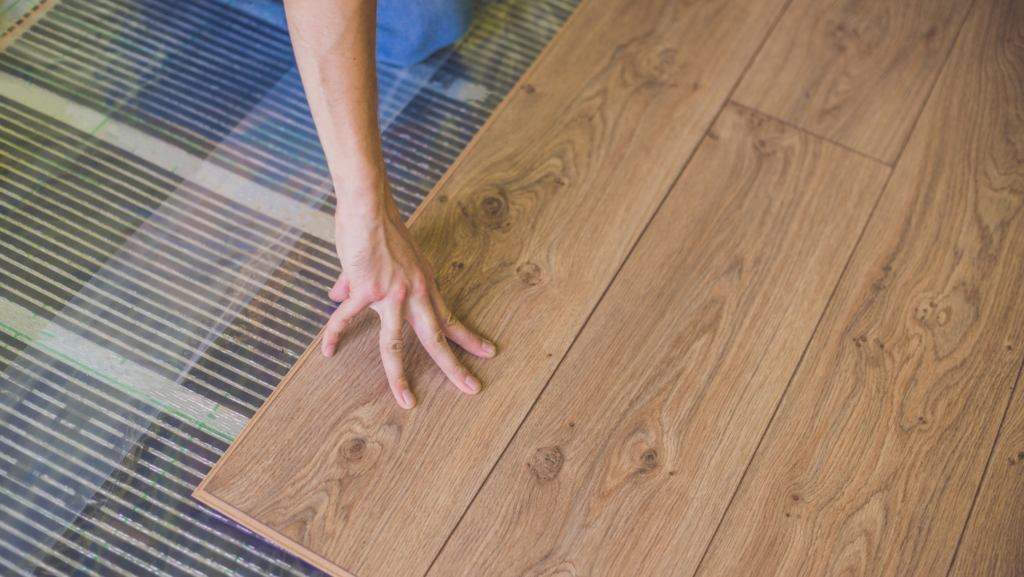Squeaky floors can be annoying and unpleasant for homeowners. The incessant cracking and squeaking underfoot may shatter a home’s peacefulness and humiliate guests when entertaining. To fix squeaky floors, you must understand the source of the problem.
This article will help you identify squeaky floor regions, provide DIY solutions using basic tools, offer expert procedures for repairing hardwood and carpeted floors, and share preventive steps to keep a calm and stable floor. You’ll learn how to remedy those bothersome squeaks and enjoy a calm, comfortable home by the end.
Understanding the Causes and Consequences of Squeaky Floors
Have you ever tried to sneak out or relax peacefully, but the floors started making an unannounced symphony of creaks and squeaks? Besides being irritating, this is a really humiliating situation. Those squeaky floors might make you feel like you’re on ice, or even worse, like you’re the only musician on stage. Never fear, though; there are solutions to this annoying issue.
Identifying the Problem: How to Locate and Assess the Areas of Squeaky Floors
- Listening for Squeaks
To begin your quest for a squeak-free abode, you’ll need to play detective. Start by listening intently as you walk across the floor. Pay close attention to the areas where the squeaks are most prominent. You might want to turn off any background noise to enhance your squeak-detection skills.
- Visual Inspection for Loose Floorboards
Once you’ve identified the squeaky hotspots, it’s time to put your investigative skills to the test. Take a closer look at the flooring in those areas. Are there any visible signs of loose floorboards? Do you notice any gaps or movement when you apply pressure? If you see wobbly or detached boards, you’ve likely found the source of the problem. Don’t worry; we’ll fix it together.

DIY solutions: Effective Methods for Fixing Squeaky Floors with Basic Tools
- Using Talcum Powder or Baby Powder
In the battle against squeaky floors, a simple household staple might just save the day: talcum powder or baby powder. Sprinkle a generous amount of powder between the boards that are causing the ruckus. Then, gently walk back and forth to allow the powder to settle into the gaps. The powder acts as a lubricant, reducing friction between the boards and muffling those squeaky sounds. It’s like giving your floor a little spa treatment!
- Applying Lubricants Like WD-40
If talcum powder doesn’t do the trick, it’s time to bring out the big guns. Well, not actual guns, but a popular lubricant that’s been saving squeaky floors for years; WD-40. Spray a small amount of WD-40 along the seams of the floorboards and let it work its magic. The lubricating properties of WD-40 help to silence the squeaks and provide temporary relief. Just remember, a little goes a long way, and make sure to wipe up any excess to avoid slip-ups.
- Inserting Shims or Blocking Between Joists
For those persistent squeaks that refuse to go away, it’s time to get a bit more hands-on. Grab some shims or blocking material, such as wood or metal, and insert them between the floor joists and the subfloor. This extra support can help eliminate the movement that causes the squeaks. Don’t worry if you’re not a DIY expert; inserting shims is a relatively simple task that can make a world of difference.
Techniques for Eliminating Squeaks in Wooden Flooring
- Identifying the Source of the Squeak in Hardwood Flooring
Hardwood floors can add a touch of elegance to any home, but they’re not invincible to squeaks. The first step in fixing squeaks in hardwood flooring is to identify the exact location of the problem. You may need to remove any rugs or furniture that could be masking the source. Get down on all fours (it’s a good workout!) and listen carefully to pinpoint the precise spots where the noise is coming from.
- Tightening Loose Floorboards on Hardwood Floors
Once you’ve located the culprits, it’s time to tighten things up. Grab a screwdriver or drill and carefully secure any loose floorboards by driving screws into the subfloor below. The idea is to eliminate any movement or gaps between the boards that could be causing the squeaks. Just be sure not to overtighten and risk damaging the wood.
- Using Specialized Screws for Fixing Squeaks
For those stubborn squeaks that refuse to quit, you may need a secret weapon: specialized screws designed specifically to silence hardwood floor squeaks. These screws have a unique design that pulls the subfloor down tightly against the hardwood, eliminating any gaps and silencing those pesky noises. Think of them as the superheroes of the squeaky world, coming in to save the day when all else fails.
Strategies for Fixing Squeaky Areas Under Carpets
1-Lifting and Securing the Carpet for Access
So, you’ve got a squeaky floor hiding beneath your cozy carpet? No worries; we’ve got you covered. The first step is to lift and secure the carpet. This allows you to gain access to the squeaky area without causing any damage. Grab a sturdy pair of gloves and simply lift the carpet carefully, exposing the subfloor below.
2-Applying Adhesive for Affixing Loose Subfloor to Joists
Now that you’ve uncovered the source of the squeak, it’s time to take action. One effective method for fixing this issue is by applying adhesive between the loose subfloor and the joists. This adhesive will help secure the subfloor in place, eliminating those annoying squeaks.
3-Utilizing Carpet Repair Kits for Fixing Squeaks
If you’re not keen on lifting the carpet or don’t have the necessary tools, fret not! There’s another solution: carpet repair kits. These handy kits contain specialized screws that can be inserted through the carpet and into the subfloor, ensuring a secure and squeak-free floor. Simply follow the instructions provided in the kit, and your floor will be silent in no time.

Tips for Avoiding Future Squeaky Floor Issues
- Proper Installation Techniques for New Flooring
To avoid future squeaky floor issues, it’s important to pay attention to proper installation techniques when installing new flooring. Make sure the subfloor is secure, and use appropriate materials to prevent any movement or shifting that could cause future squeaks.
- Using Subfloor Adhesive During Installation
When installing new flooring, don’t forget to use subfloor adhesive. This adhesive helps to create a strong bond between the subfloor and the flooring material, minimizing the chances of future squeaks. A little adhesive goes a long way toward keeping your floors stable and silent.
- Regular Maintenance to Prevent Squeaks
Lastly, regular maintenance is key to preventing squeaky floors. Keep an eye out for any signs of wear and tear and address them promptly. Tighten loose boards or replace damaged sections as needed to prevent further squeaks from developing.
In the end, squeaky floors can be a nuisance, but with proper knowledge and solutions, they can be resolved to restore peace and stability in your home. Whether with DIY or professional assistance, addressing squeaky floors is crucial for maintaining a comfortable living environment.
By taking preventive measures and staying proactive, you can avoid future squeaks and enjoy quiet, stable floors, transforming your home into a peaceful and serene space.

